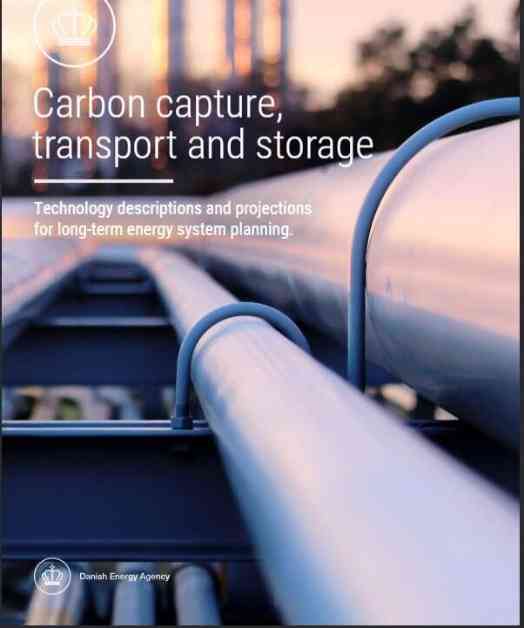Carbon capture, transport, and storage (CCTS) is a pivotal technology in the oil and gas industry, playing a crucial role in reducing greenhouse gas emissions and promoting a more sustainable energy future. This process involves capturing carbon dioxide emissions at the source, transporting them to a storage site, and securely storing them underground to prevent their release into the atmosphere. The Oil & Gas Group is at the forefront of exploring and implementing CCTS technologies to mitigate the environmental impact of oil and gas operations.
Benefits of CCTS Technology
One of the key benefits of CCTS technology is its ability to significantly reduce carbon dioxide emissions from industrial processes, power generation, and other sources. By capturing and storing CO2 underground, CCTS helps to prevent the greenhouse gas from entering the atmosphere and contributing to global warming. This technology is essential for industries that rely heavily on fossil fuels, such as oil and gas, to meet emission reduction targets and combat climate change.
Moreover, CCTS technology can also contribute to the production of clean hydrogen, a versatile and environmentally friendly fuel that can be used in various applications, including transportation, electricity generation, and industrial processes. By coupling CCTS with hydrogen production, companies can create a closed-loop system that not only reduces carbon emissions but also produces valuable clean energy resources.
Challenges and Future Outlook
Despite its numerous benefits, CCTS technology faces several challenges, including high costs, regulatory barriers, and public acceptance issues. Implementing CCTS projects requires significant investment in infrastructure and technology, which can be a barrier for many companies, especially small and medium-sized enterprises. Additionally, regulatory frameworks governing carbon capture and storage vary across regions, making it difficult for companies to navigate the complex landscape of regulations and permitting processes.
Looking ahead, the future of CCTS technology looks promising, with advancements in research and development driving innovation and cost reduction. As governments around the world commit to reducing carbon emissions and transitioning to a low-carbon economy, CCTS technology is expected to play a critical role in achieving these ambitious goals. By investing in research, development, and deployment of CCTS technologies, the oil and gas industry can position itself as a leader in sustainability and environmental stewardship.
In conclusion, carbon capture, transport, and storage technology is a vital tool in the fight against climate change and the transition to a more sustainable energy future. By harnessing the power of CCTS technology, the oil and gas industry can reduce its environmental footprint, meet emission reduction targets, and contribute to a cleaner, greener planet for future generations.














